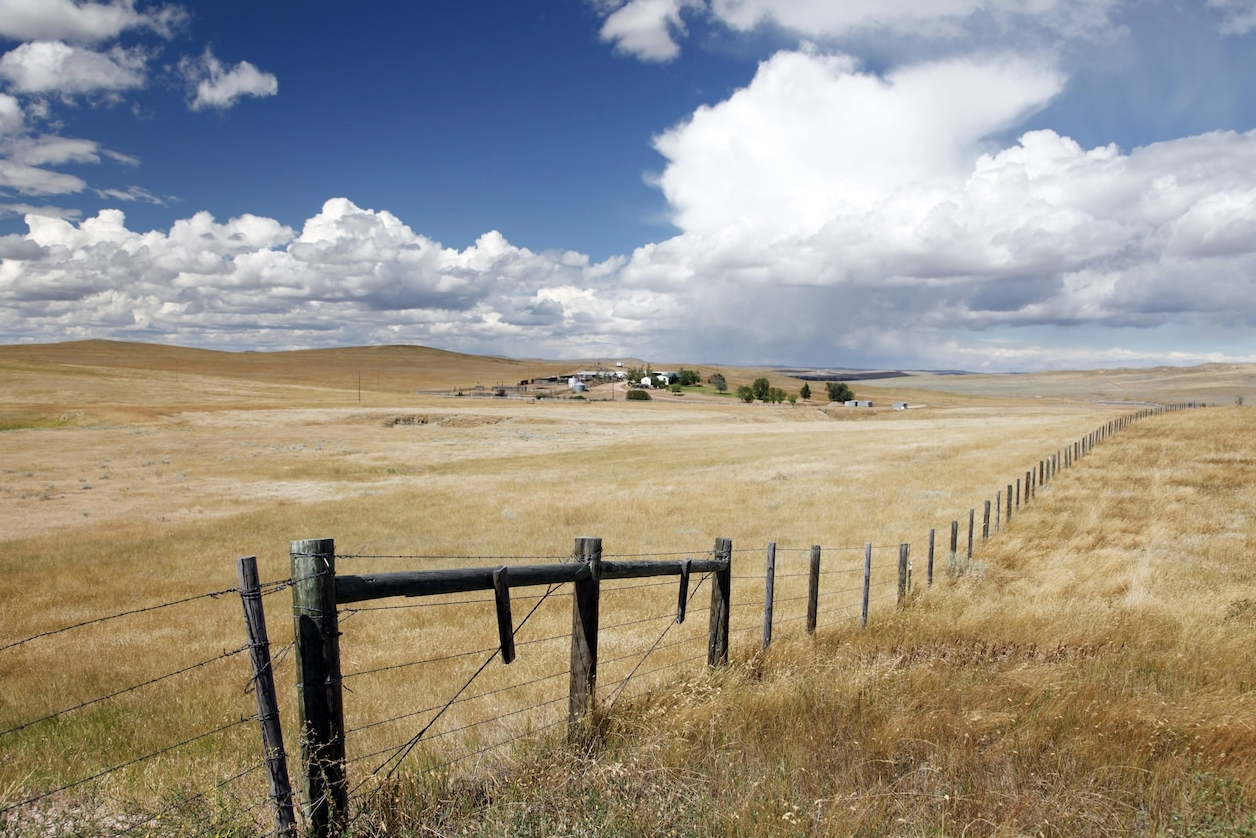Pueblos in New Mexico turn to goats for fire management
Pueblos in New Mexico turn to goats for fire management
By Wufei Yu, High Country News, Oct. 29, 2021
word count: 741
In early October, just north of Albuquerque on the Sandia Pueblo, the bleating of over 70 Boer and Spanish goats pierced the tranquility of the bosque forest, a gallery of towering cottonwoods and willows on the eastern bank of the Rio Grande that’s long been prized for its biodiversity. Under the shade of the native trees, the animals eagerly licked and chewed the bark and branches of knee-high invasive plants like young Siberian, or dwarf, elms and bright green tamarisk, or saltcedar.
The brown-and-white foragers, which are owned by Max Wade, a rancher in the neighboring town of Rio Rancho, were there to devour these non-native species, which cover the forest floor in flammable fuels. Working through the state’s forestry division, the tribe invited Wade’s goats onto the bosque in June to help mitigate the risk of wildfires. Since then, the herd has nibbled through 40 acres of brush.
Up until 1973, regular flooding on the Rio Grande helped keep the bosque ecosystem healthy and the invasive plants under control. The floodwaters spread tree seeds to higher ground and added nutrients to the soil, while clearing weeds away. But over the past half-century, after the Cochiti Dam and other infrastructure projects were built to manage the Rio Grande, the regular flooding ended. Now, invasive weeds and shrubs like tumbleweeds, Siberian elms, Russian olives, and tamarisk flourish up and down the bosque.
Without the floods, it’s hard to mitigate the fire risk and nourish native plants, said Michael “Scial” Scialdone, an energetic forest specialist who was hired by the tribe as the bosque project’s manager. Invasive species have slowly edged out the native cottonwoods and willows and contributed to devastating wildfires. The 2012 Romero Fire, for example, started west of the Sandia Pueblo’s border but ended up blasting through tribal grasslands and ravaging over 300 acres of the bosque.
Megadroughts and heat waves have exacerbated the risk of wildfires in the Southwest. And, more than 20% of wildfires in New Mexico this year ignited in forests along the Rio Grande, fueled by flammable leaf litter and dry branches from overgrown non-native plants. Scial hopes that the goats will help prevent further devastating fires on the ancestral lands of the Indigenous pueblos.
“This is a real solution,” Scial said. “It’s fuel reduction. They are eating the vegetation, dispersing it, turning the soil up and getting new nutrients into the soil.” They are benefiting the land in other ways, too: As they wander around the forest floor, he explained, their hooves leave indentations in the soil that act like tiny planters, capturing and cradling cottonwood and willow seeds and holding water for future forest growth.
It’s not a bad deal for the goats, either. The bark, limbs and twigs of the plants give the goats the mineral nutrients and moisture they need to stay healthy. The animals are gentle and easy to work with, too. “From a palatability standpoint and a health perspective, it’s fantastic.” Wade said.
Sandia Pueblo’s goat experiment has garnered interest from other tribes that see goats as a more natural way to tend the land than heavy machinery and chemicals. According to Lindsey Quam (Zuni), deputy director of forests and tribal liaison for the New Mexico State Forestry Division, and Todd Haines, the agency’s forester in charge of west-central New Mexico, other pueblos along the Rio Grande corridor, including Santa Ana, Isleta and Cochiti, plan to follow Sandia’s lead and invite hundreds of ranching goats onto their lands.
“The tribes used to pick certain areas of the bosque to flood,” Quam said. “Since you’re not getting the flood regime, you’ve got to find other ways, like the goats, to mimic the regime.”
Goats were originally introduced by Spanish colonizers, but they have been harmoniously integrated into the ecosystem and agricultural lifestyle of the mid-Rio Grande pueblos for over 300 years. Sandia Pueblo Gov. Stuart Paisano (Sandia) said that when he was growing up, elders would tell him stories about how to use the bosque sustainably. The tales spoke of how farm animals were part of the ecosystem, gathering their own food in the forest and keeping the weeds at bay.
To Gov. Paisano, using goats for fire prevention is a “no-brainer” for the tribe; it’s simply a return to a more natural way of managing the environment. “They’ve done a pretty, pretty amazing job. It’s been very successful,” Paisano said. “I think it’s a program that we’ll continue to utilize.”






